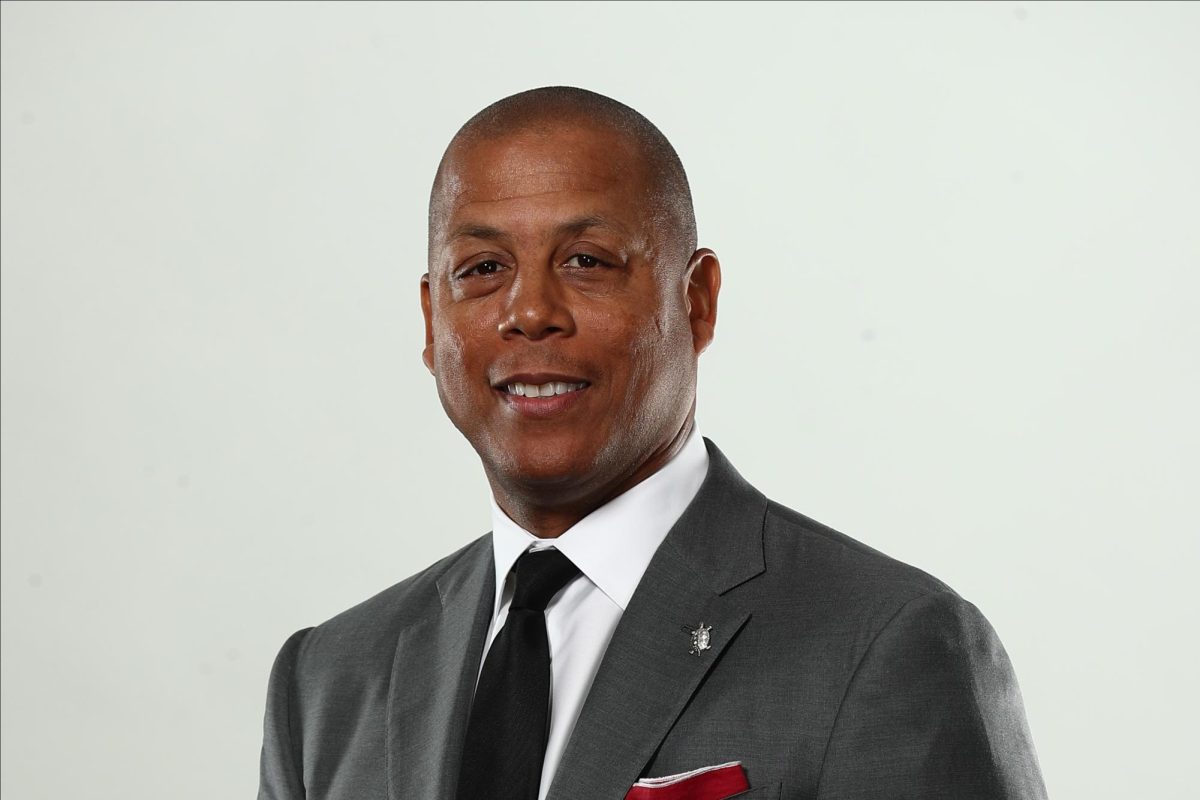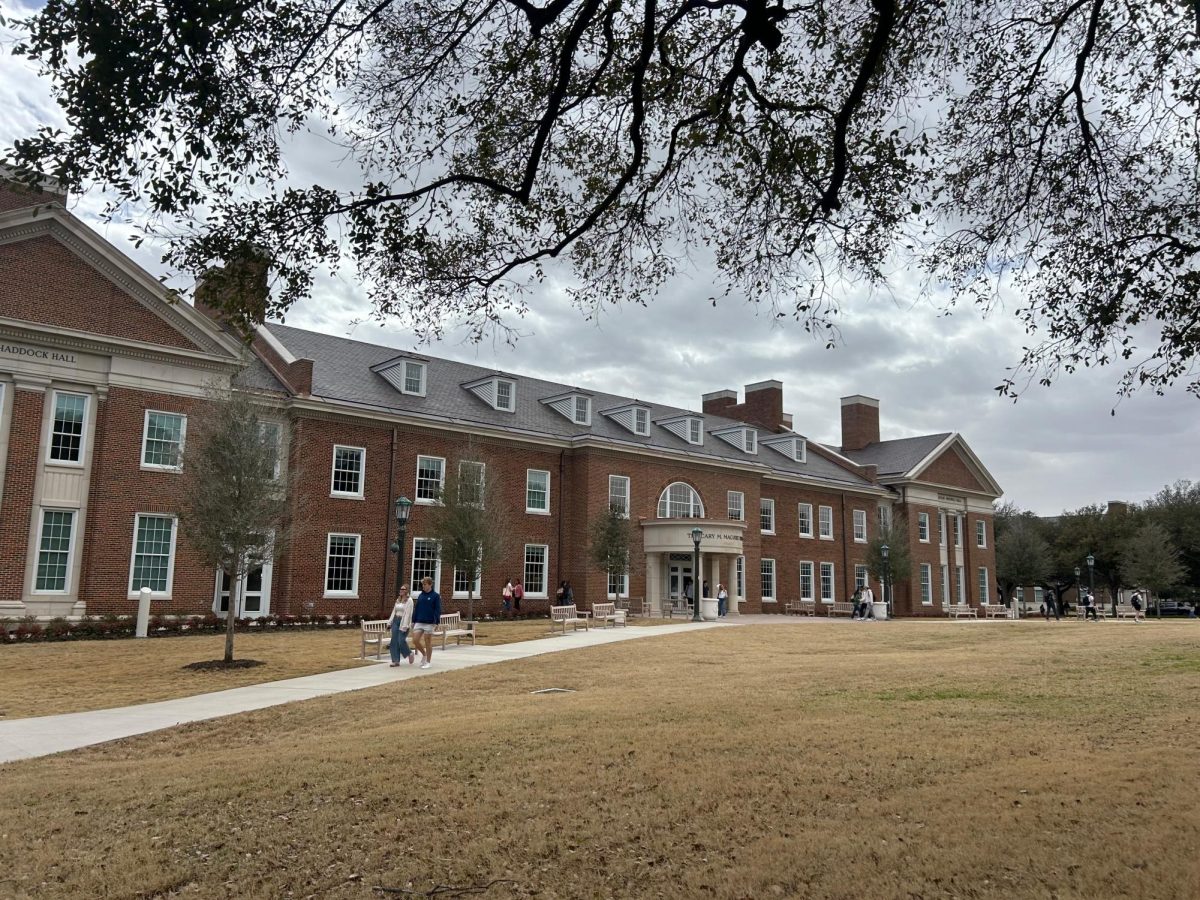It seems like the perfect storm.
Universities across the U.S., including SMU, are facing decreasing revenues and increasing expenses. At the same time, they’re worried about keeping up the quality of the education they offer amidst a declining college-age population. They’re also seeing a decrease in federal funding and grants, as well as a decrease in private funding and gifts.
And parents and students? They’re getting tired of seeing the cost of college grow each year, putting more pressure on universities to slow down tuition increases.
In order to keep the storm at bay, SMU President R. Gerald Turner and the Board of Trustees have hired Bain & Company, an Atlantic-based consulting firm. Bain will spend a year reviewing SMU’s operational costs and make cost-cutting recommendations to administrative, procurement and service programs across the university. Bain will not be seeking cuts in academic programs.
“We are doing it now so that we can continue to enhance the academic stature of the University by operating as efficiently as possible,” Turner said in an email interview. “This will help ensure SMU remains financially healthy for the future.”
The board is also pushing to slow the increase in tuition at SMU. Tuition has been increasing by 6 to 7 percent for several years. For the 2014-15 academic year, tuition will rise by only 4.9 percent.
Turner also said that he is concerned about the growth in federal regulations, including healthcare costs for employees, the increasing competition for grants and research contracts, and lower revenues from SMU’s endowment.
A university’s endowment is made up of donations that are invested together. The university does not touch the principle amount, but uses a percentage of the interest earned from the endowment. But because interest rates have been kept low in the fragile economy, university endowments are yielding less of a return.
Many universities ran into trouble in the 2008 recession because they were pulling so much interest revenue from their endowments. SMU, however, remained conservative during the hardest part of the recession by pulling only 4.75 percent of the earned income from its endowment. That’s helped SMU.
“It’s been a conservative number,” SMU Associate Director of Development Arlene Manthey said.
Still, with only 30 percent of SMU’s operational costs covered by endowment returns, the rest has to come from tuition. At SMU, even with the slower rate of increase, the full cost of an education, including tuition, fees, room and board, is a whopping $60,586 for the 2014-2015 school year. Although a majority of students don’t pay the full amount of the tuition – about 76 percent of SMU students receive some sort of financial aid – financial aid packages usually decrease as students move through their program.
Soaring tuitions in recent years have put a strain on families, leading some to question the value of a four-year university education.
“Articles are being written about the value and the cost of a higher education,” Manthey said. “And we know it can’t continue to be on the trajectory that it’s on. Folks don’t just have the kind of money.”
“Looking down the road, the leaders of the university know the rate at which we are spending is unsustainable,” 2013-14 Student Trustee George Utkov said. “You have this negative perception on how much you’re spending on a college education.”
An independent study by Bain and Company done in 2012 found that 33 percent of universities have been on an unsustainable financial path. Bain puts SMU in a category of colleges and universities that could be at risk of that.
“The ones that are at most risk are the ones that are the least viable,” Meadows School of the Art Dean Jose Bowen said. “When you don’t have more revenue, you have to lower costs.”
Higher education has lost about $1.7 billion in funding in 2012-13 in Texas, according to a plan drafted by the state’s Legislative Budget Board. The $21.1 billion budgeted for higher education represents a 7.6 percent drop from the $22.7 billion budgeted in 2010-11. For some universities, that means cutting down programs, laying off faculty, and increasing tuition.
“They raise prices for everything and think everyone is going to pay for it,” saidUniversity of North Texas sophomore Emily Schreiber said. “ It doesn’t make sense.”
SMU and other universities are also seeing reduced federal and state contributions to scholarships and grants, such as the Federal Pell Grant and the TEXAS grant. SMU’s total state and federal funding for the 2014-2015 financial aid totals about $9 million.
“To achieve our vision in the context of these challenges, it is critical that we affirm to ourselves and our supporters that we have a financial structure and operating model that applies a greater share of University funds toward our strategic goals,” Turner wrote in his email.
In order to avoid the increased costs of higher education, some students are turning to online education programs, which can offer a degree for a fraction of the cost of a four-year university. According to Changing Course: Tracking 10 Years of Online Education, a study by Pearson, Babson Research Group and Sloan-C, the number of students taking at least one online course increased by over 570,000 to a new total of 6.7 million.
“Most important thing you’re going to see is diversity,” Bowen said. “Online is going to increase. It allows people to delay their education.”
Yet, the majority of institutions, 55.4 percent, report they are still undecided about Massive Open Online Courses, while 32.7 percent say they have no plans for a MOOC.
“At a school like SMU, I don’t think you’re going see to many online course offerings for the undergraduate or the three-year law students,” Cox School of Business Dean Albert Niemi said.
Jehadu Abshiro is a junior double majoring in creative advertising and journalism.








